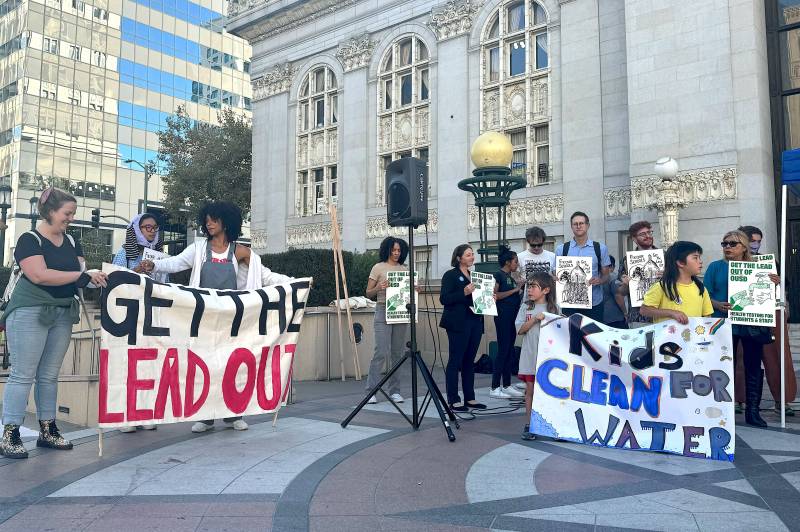The Oakland Unified Board of Education is reviewing a new proposal that would divert millions of dollars in unused funds from an infrastructure bond to address the lead contamination issue plaguing many of its schools.
Introduced to the board on Wednesday, the resolution proposes redirecting funding from Measure Y, a $35 million facilities bond passed by the city’s voters in 2020, to help address the problem.
It comes several months after district officials announced that elevated lead levels, well above the threshold set by the district, had been detected in water sources on the campuses of nearly two dozen schools.
On Sept. 30, a community coalition of students, teachers and parents rallied outside Oakland City Hall to protest what they called an unacceptable response from the district, which they said had taken far too long to notify families and was failing to address the issue with the urgency it deserved.
“Is this what our students deserve? Is that what should be allowed to happen? Does that show care for our students? No, it does not,” said Stuart Loebl, a teacher at Frick United Academy of Language — the campus with the highest lead levels — who urged the district to reprioritize the available funds.

